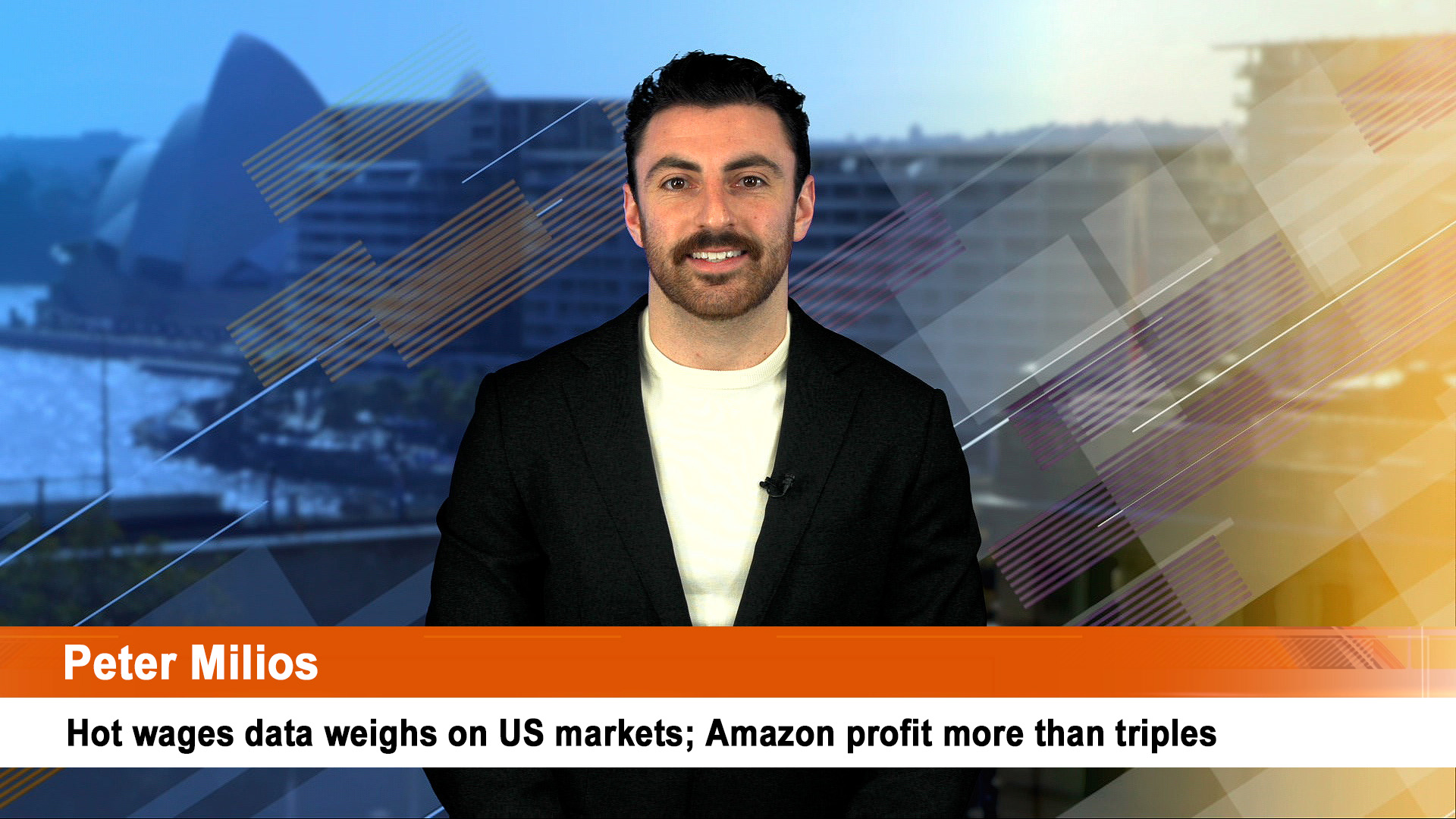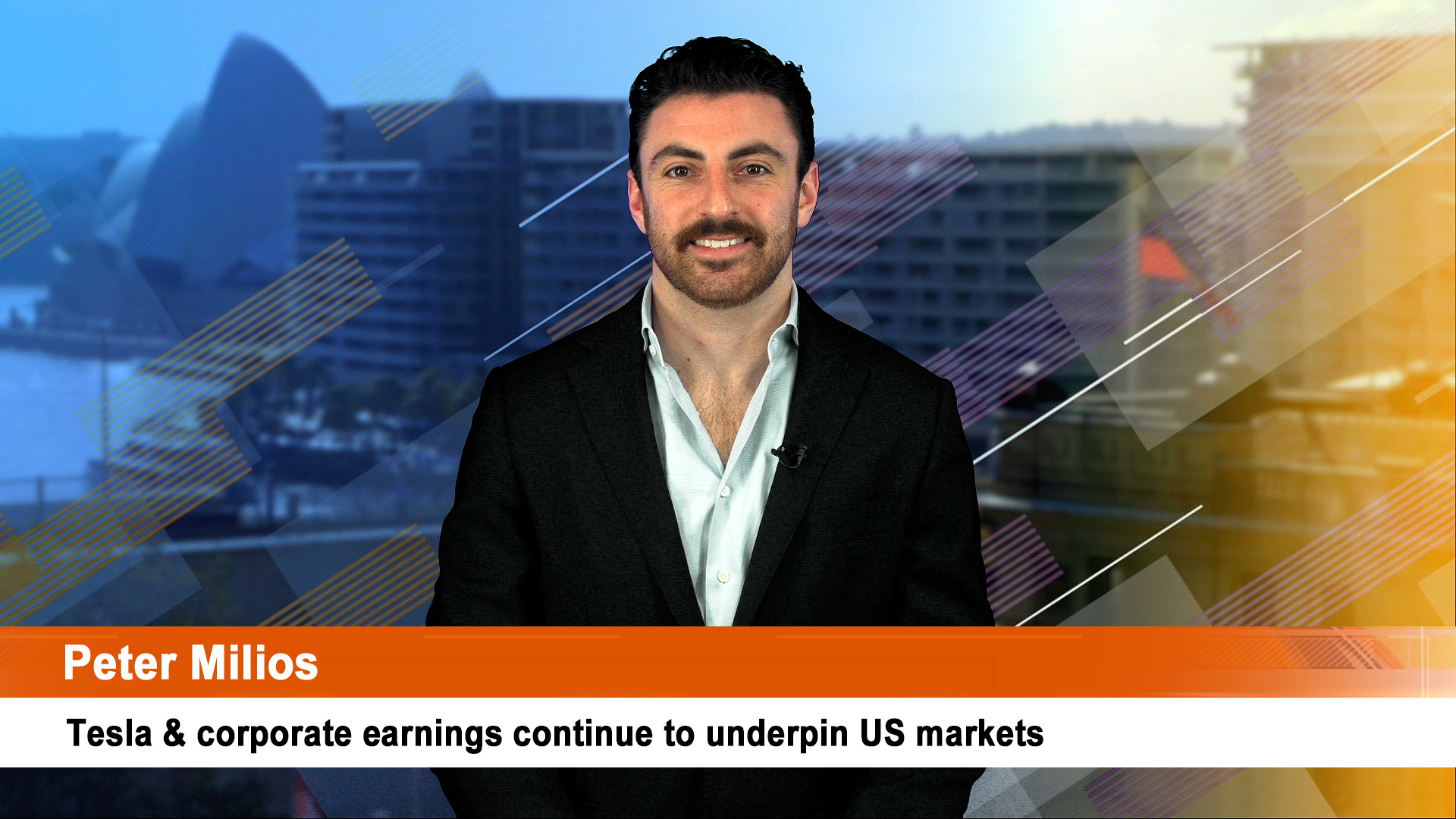Great timing by Santos on Wednesday.
On the day oil prices fell to new 11-month lows of around $US74.20 a barrel, the country’s second biggest oil and gas group revealed a new capital management framework, kicking it off with another $350 million share buyback.
That will replace the existing $US350 million buyback that started last August and is now all but over with just 2% ($US7 million) of the authorisation left to spend.
And for any shareholders thinking they might get a late Christmas present of a buyback and a dividend next February for the final half, then think again.
“The additional on-market buyback is expected to commence this month. Any shareholder return announced in respect of the 2022 full-year results in February 2023 will be inclusive of the US$350 million increase in the share buyback announced today,” Santos pointed out in its statement yesterday.
Santos has already paid a 7.6 US cents per share interim for the six months to June 30, 2022.
That means if the company thinks it can’t really afford a big dividend for the six months to December, it can lump a smaller one in with the buyback and call the two (or the buyback alone) a “shareholder return”.
Of course, Santos just had to renew the buyback as part of the new framework. The existing buyback has helped support the share price at a time when oil prices have slumped since last August.
From the start of August US benchmark West Texas Intermediate crude has fallen 21% from $US93.89 to around $US74.20 on Wednesday.
In the same time the Santos share price has been pretty steady, trading at $A7.38 at the start if August, peaking just under $8 in mid-September and ending around $7.17 yesterday.
The buyback has supported the share price nicely, benefitting shareholders and of course managers.
Santos said in Wednesday’s statement that its new “simplified capital management framework” was “targeting higher shareholder returns and including a minimum annual return of at least 40 per cent of free cash flow.”
“The revised capital management framework announced today seeks to maintain an appropriate capital structure that enables Santos to balance the allocation of capital between investment in the business to develop backfill projects, decarbonisation projects, the development of strategic growth and clean fuels projects, and the provision of sustainable returns to shareholders based on the generation of free cash flow.”
Santos said the new simplified capital management framework includes:
A policy of at least 40 per cent payout of free cash flow from operations (excluding major growth) generated per annum; Shareholder returns to be effected by way of cash dividends and/or share buybacks, subject to market conditions and Board discretion and an unchanged target gearing range of 15% to 25%.”
Santos Chair Keith Spence sweetened the pot even more by saying in the same statement that “the Board shall give consideration to additional shareholder returns from any net proceeds derived from asset divestments through portfolio optimisation once those divestments reach completion and proceeds have been received.”
“Once the Barossa and Pikka Phase 1 projects commence production, the Board’s intention is to consider increasing shareholder returns to at least 50 per cent of free cash flow generated per annum,” he said.
The Barossa project has been delayed indefinitely after Santos lost legal challenges to its original negotiations with local land holders in the Northern Territory.
The $US2.6 billion Pikka first phase oil project on the North Slope of Alaska.
Selling these interests or part of them might become increasingly difficult in the current negative environment for fossil fuels.













